Fujifilm FinePix Z30 Review
Fujifilm FinePix Z30
The ideal gift for the fashion-victim in your life.
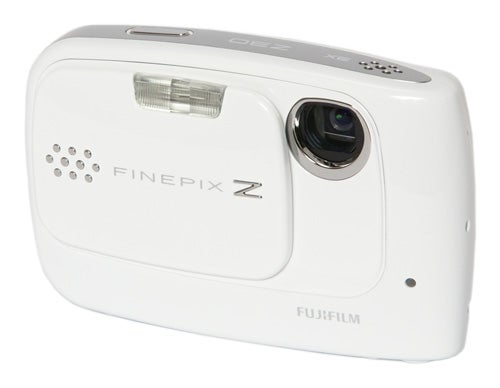
Verdict
Key Specifications
- Review Price: £130.00
Like most of the big camera companies, Fujifilm makes a wide range of models to suit every type of photographer, including high-spec professional SLRs such as the S5 Pro (review coming soon), powerful superzooms like the S100FS and S2000HD, high-tech luxury compacts like the F200 EXR and F100fd, and simple budget compacts such as the J50 and J12. It also makes a popular range of cameras aimed at the more style-conscious consumer, including models such as the Z100fd and the Z20fd. Today I’m taking a look at the latest in the Z series, the FinePix Z30. It’s a 10.0-megapixel 3x zoom ultra-compact with a 2.7-inch 230k monitor, currently selling for around £130.
Even at first glance there’s little room for doubt as to exactly what sort of camera the Z30 is. The slim, rounded plastic body, the simplified controls and the fact that it’s available in a range of colours including pink, purple, orange, white and black, are a sure-fire indicator that this is a camera for people more concerned with style than with substance. Its relatively low price makes it a good choice if you’re looking for a present for a fashion-conscious teenager, and its extremely simple controls mean that even those with the shortest attention spans should be able to work out fairly quickly how to take pictures with it. 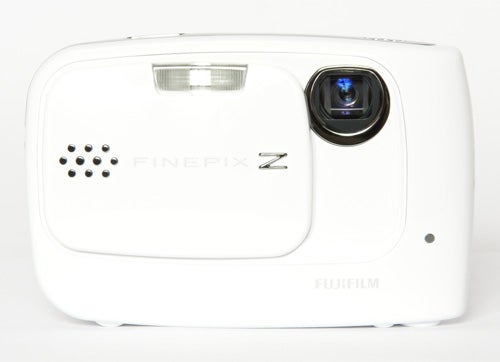
The Z30 is very compact and lightweight, tipping the scales at approximately 131g including battery and measuring just 90.5 x 59.0 x 25.7mm. Despite the rather toy-like plastic body the build quality is up to Fujifilm’s usual high standard and the camera feels solid and well made. The shiny finish resists dirt and scratches, and the curved shape is inherently strong, although it does make the camera rather slippery and hard to grip securely. There’s no denying that it’s a nice looking camera, although the white finish and the rubber-covered buttons on the back do remind me of a Sinclair ZX80, and not in a good way. (If you don’t know what a ZX80 is, ask your grandparents.)
The Z30 is a very simple point-and-shoot ultra-compact, and as such is doesn’t have a lot of features or options. It has only automatic operation, with a choice of basic or standard auto modes, plus 16 fairly mundane scene modes and an automatic scene recognition mode, which is the best default setting for ease of use. Menu options are limited to the basics, including image size/quality, ISO setting, white balance and exposure compensation, but precious little else. The only colour options are between standard or high saturation mode, and there are only two focus mode options. What it does have however is a “Blog” mode and an online auction mode. This is a camera for the Internet generation.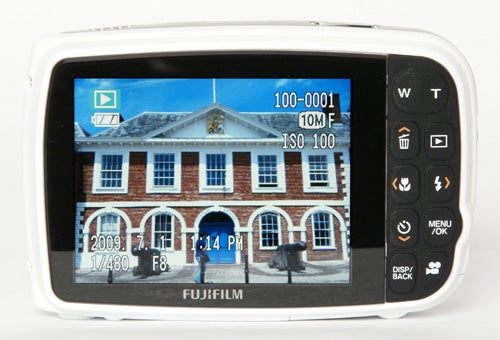
The external controls consist of a double row of rubber-covered buttons to the right of the monitor. Presumably the rubber coating is intended to help resist dust and splashes, but the Z30 is not waterproof like its sibling the Z33. In practice the controls are extremely fiddly, particularly the zoom control, which is very small and hard to press accurately. The zoom action itself is very slow, but at least it has nine steps between wide and telephoto, so accurate framing is possible.
I’m not a big fan of sliding-cover cameras, but in fact the design of the Z30 does work fairly well. The curved shape means that the cover is less likely to come open in your pocket, and the lens is positioned far enough away from the corner that you don’t end up accidentally getting your finger in the way when holding it two-handed.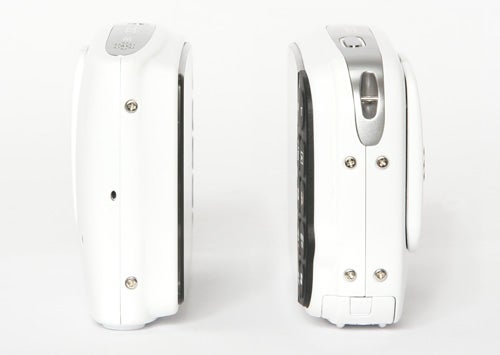
The Z30 features a dedicated button to immediately start recording video, although it is limited to 640 x 480 resolution at 30fps with mono audio and no optical zoom. The video quality is reasonably good, but the sound quality is pretty dreadful thanks to the small and very tinny microphone.
The only other features of note are a couple of unusual self-timer modes, a couple-timer and a group-timer. These use the face detection system to count the number of faces in the frame, and then start the timer countdown when everyone’s in position. It’s a simple feature but one that could come in useful for exactly the type of social snapshot photography for which the Z30 is designed.
When it comes to overall performance the Z30 is going to need to practice a bit more if it wants to make it to the 2012 Olympics. It starts up quickly enough, in approximately two seconds, and shuts down again almost instantly as soon as the cover is closed. In single-shot mode its shot-to-shot cycle time is a little over three seconds, which is a bit on the slow side, and it’s no faster in continuous shooting mode. 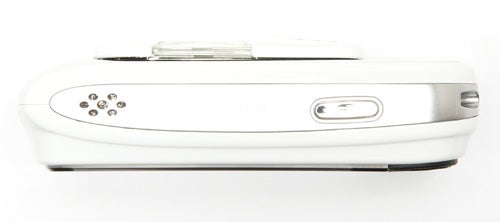
The autofocus system is a bit slow, and I did find that it wasn’t always entirely accurate, beeping to confirm focus on several shots which later turned out to be blurred. It copes fairly well in low light despite the lack of an AF assist lamp.
I suppose that the sort of consumer who’s going to choose a Z30 probably doesn’t care too deeply about image quality, but even so I found that the Z30 has a number of significant problems. I’ve already mentioned the unreliable autofocus, but other issues include very poor automatic white balance, which tends to put a distinct cyan cast over daylight shots, and very mediocre lens performance. Wide-angle images don’t show any barrel distortion or chromatic aberration, although this is due mainly to image processing rather than optical quality. The corner sharpness is very poor, and centre sharpness isn’t far behind it.
Dynamic range is very limited, and in high-contrast situations the camera tends to expose for the highlights, resulting in very dark featureless shadows. Colour rendition in standard mode is over-saturated, especially red tones which come out far too bright, and the high-saturation “Chrome” mode looks positively psychedelic. Image noise is also a problem, with significant noise at 200 ISO, getting progressively worse up to the maximum 1600 ISO.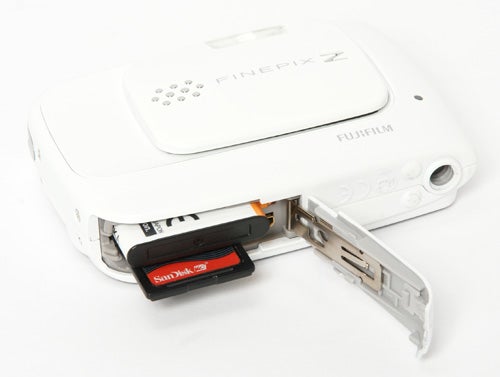
”’Verdict”’
The Fujifilm FinePix Z30 is a fun little camera designed to be more a fashion accessory than a photographic tool. Overall build quality is good, but the fiddly controls and slippery shape make it hard to use, and the mediocre performance and poor image quality are also disadvantages. There are better cameras available for the same price.
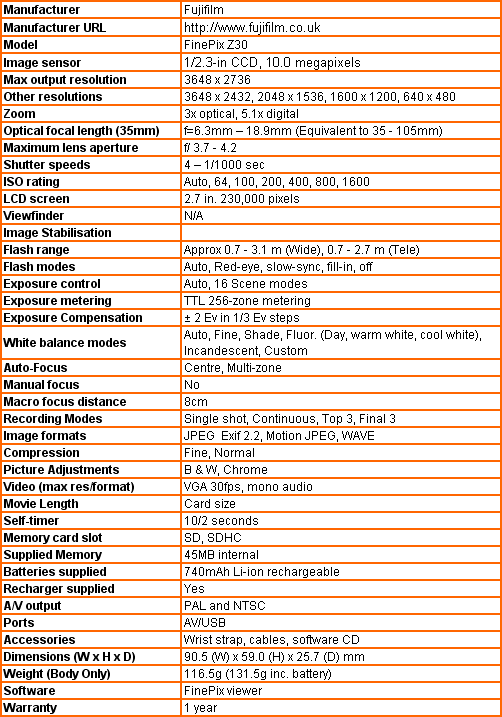
”Over the next few pages we show a range of test shots. On this page the full size image at the minimum and maximum ISO settings have been reduced to let you see the full image, and a series of full resolution crops have taken from original images at a range of ISO settings to show the overall image quality. These pictures were taken indoors using reflected natural light ”
—-
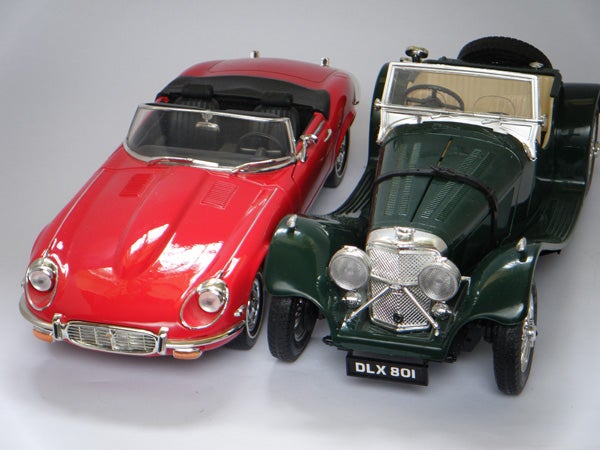
This is the full frame at 64 ISO.
—-
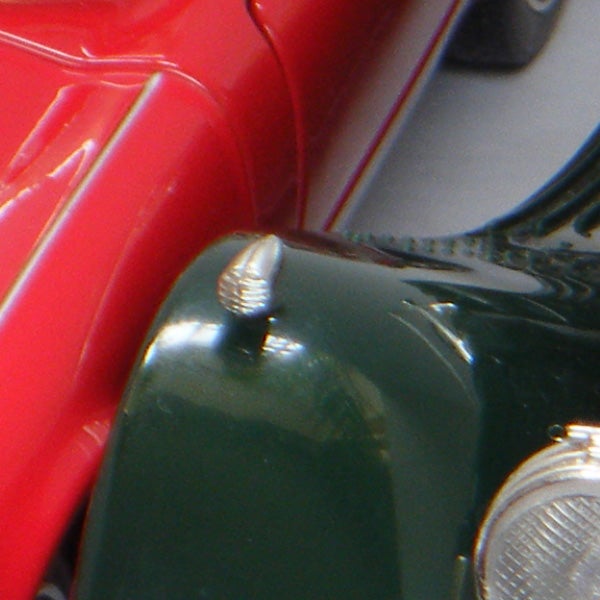
The camera hasn’t quite focuses on the right area, and despite the tripod and 2-sec timer the picture appears blurred, but at least there’s not much noise at 64 ISO.
—-
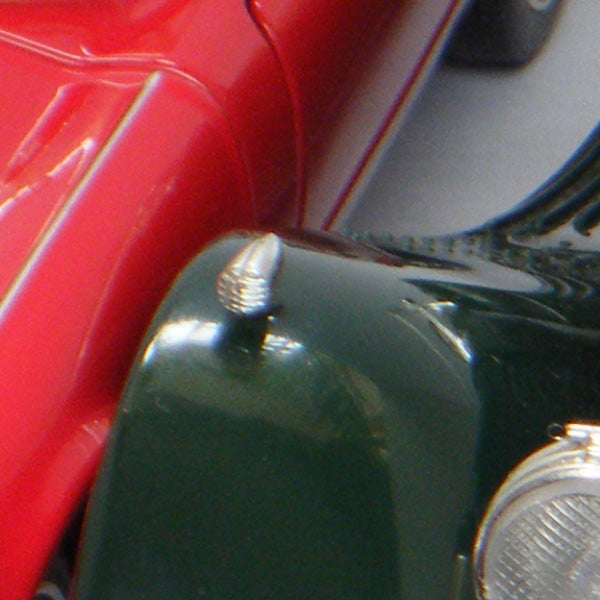
100 ISO and already there is some sign of both luminance and chromatic noise.
—-
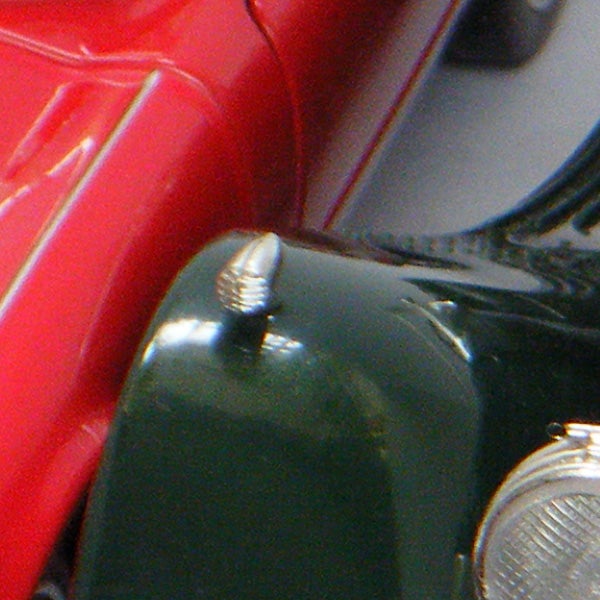
200 ISO and noise is now clearly visible.
—-
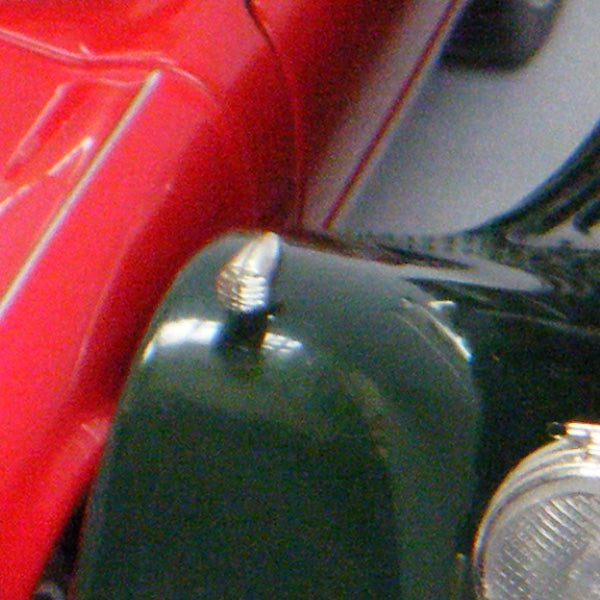
At 400 ISO the noise is becoming a problem.
—-
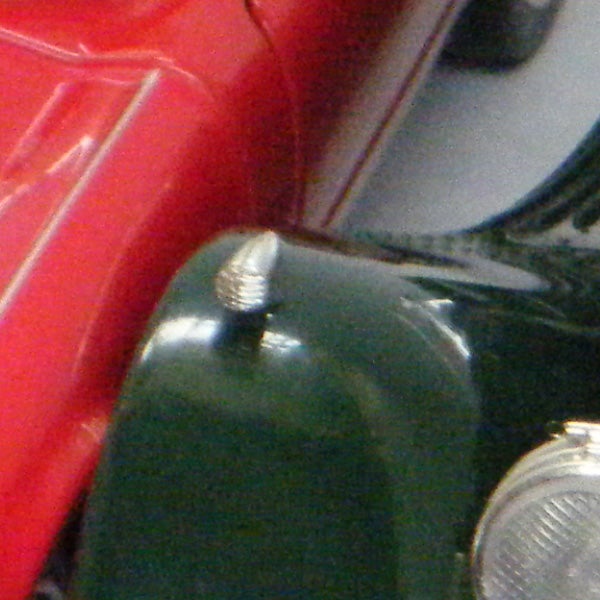
At 800 ISO a lot of fine detail has been lost.
—-
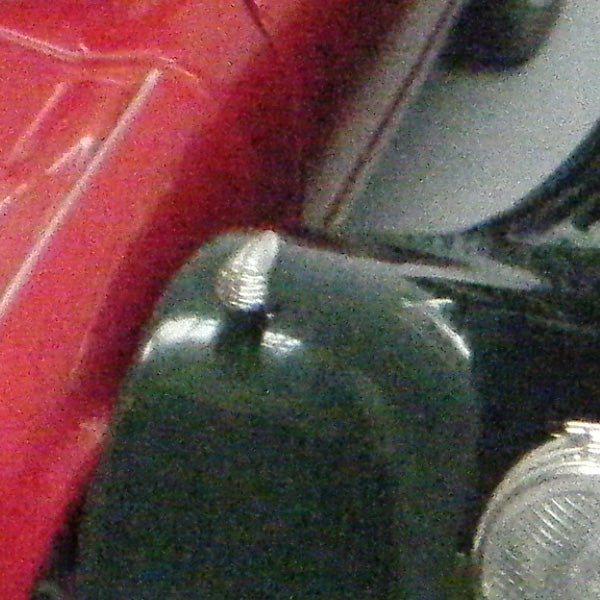
At the maximum 1600 ISO the image quality is very poor.
—-
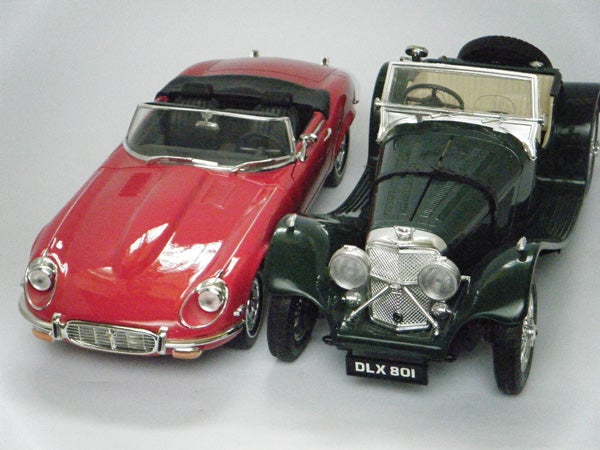
This is the full frame at 1600 ISO.
—-
”A range of general test shots are shown over the next two pages. In some cases, the full size image has been reduced for bandwidth purposes, and a crop taken from the original full resolution image has been placed below it to show the overall image quality. Some other pictures may be clicked to view the original full-size image. ”
—-
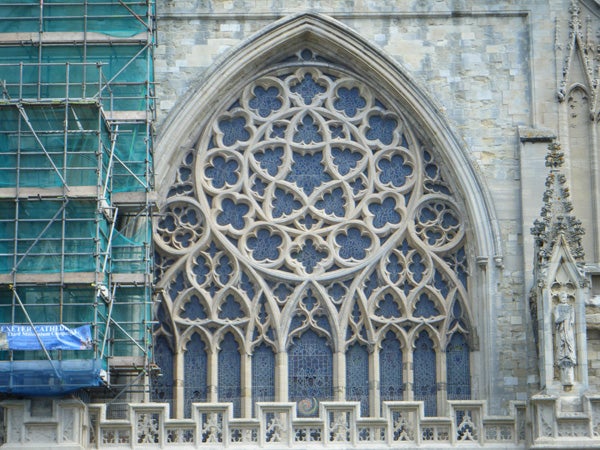
Here’s the usual detail test shot of the West Window of Exeter Cathedral, for you to compare with other cameras. See below for a full res crop, or click to see the whole picture.
—-
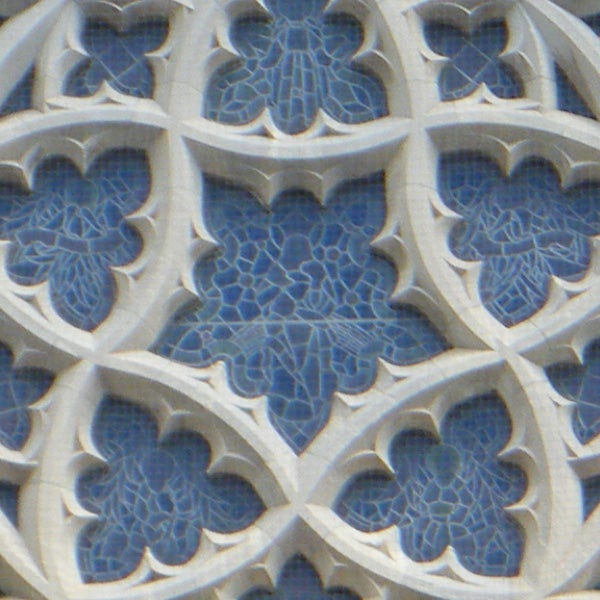
Again the AF system has failed to focus correctly. It looks sharp enough on the monitor, but it’s hopelessly out of focus. It’s a pity, because the overall level of detail looks quite good.
—-
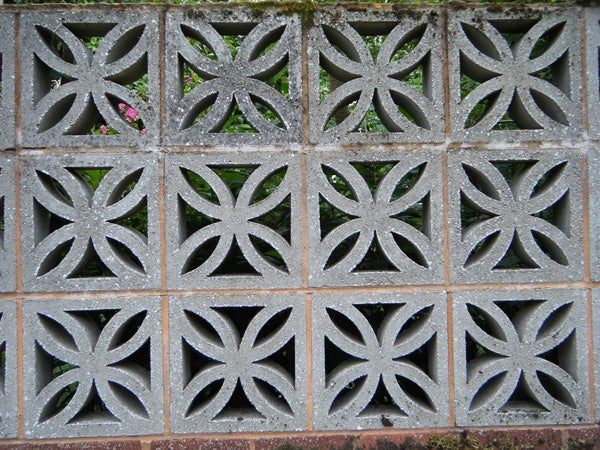
There’s no barrel distortion at wide angle, but that’s probably due to automatic correction by the camera.
—-
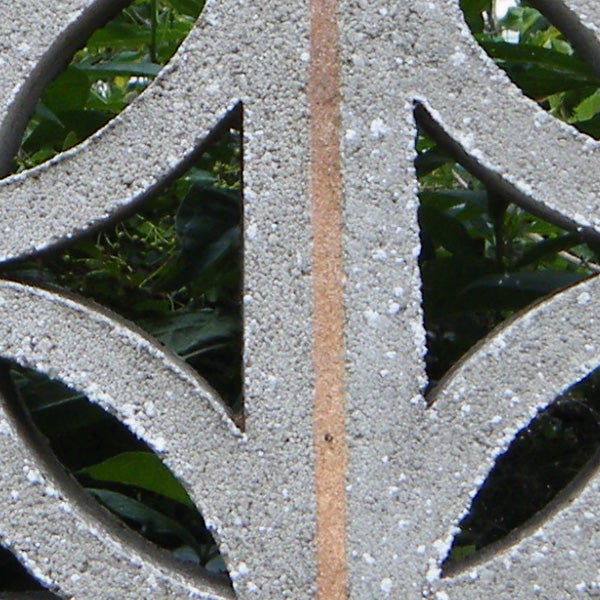
Proving that the Z30 can focus when it feels like it, the centre sharpness is actually pretty good.
—-
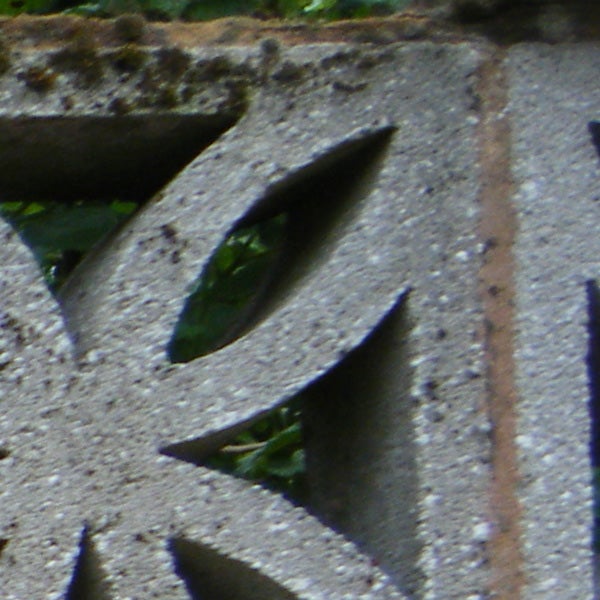
Corner sharpness however is quite poor.
—-
”Here are some general test shots to help evaluate the camera’s overall image quality, including dynamic range, colour rendition and the zoom range of the lens. Some pictures may be clicked to download the full size original image. ”
—-

The wide angle end of the zoom is equivalent to 35mm. The cyan colour cast from the auto white balance can clearly be seen here.
—-

The telephoto end is equivalent to 105mm, about average for this type of camera.
—-
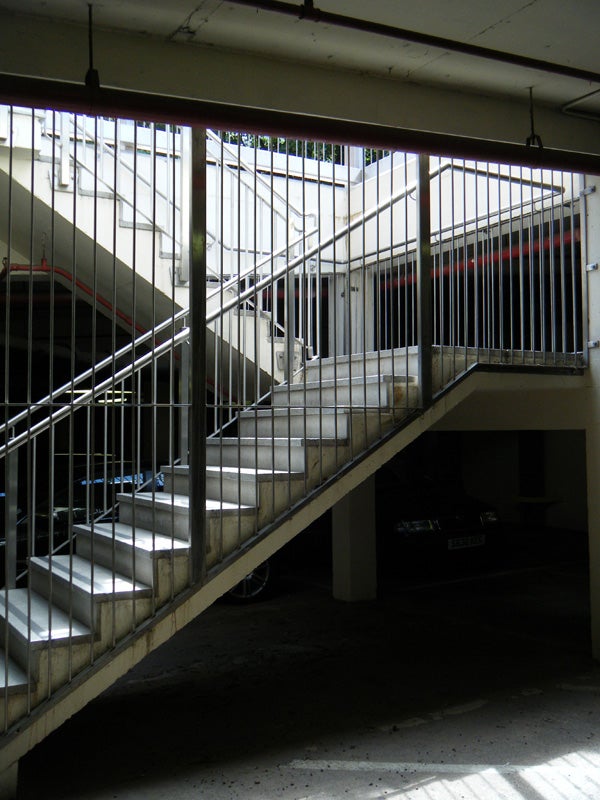
Dynamic range is poor, with little shadow detail.
—-
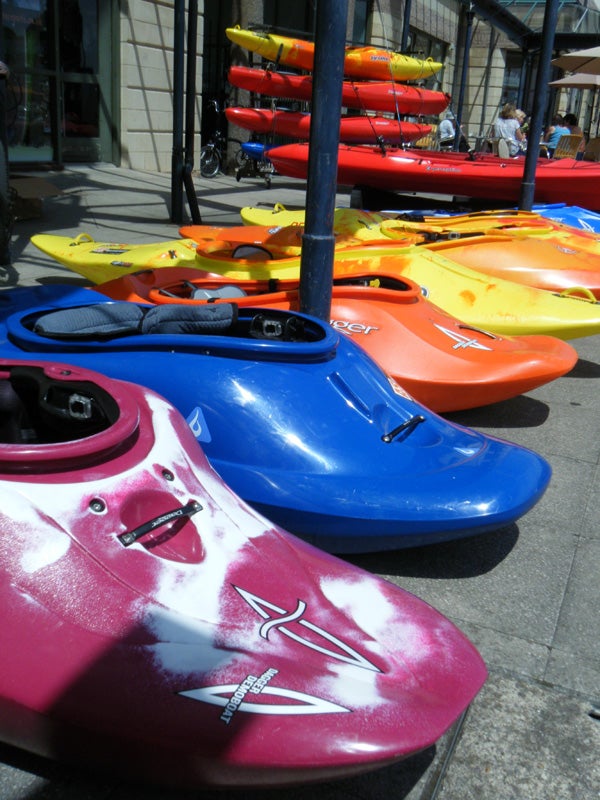
Colour rendition has some real problems.
—-
Trusted Score
Score in detail
-
Value 7
-
Image Quality 6
-
Build Quality 8
Features
| Camera type | Ultra Compact |
| Megapixels (Megapixel) | 10 Megapixel |
| Optical Zoom (Times) | 3x |
| Image Sensor | CCD |
| Image Stabilisation | Electronic |
| LCD Monitor | 2.7 in |
| Flash modes | Auto Flash, Flash OFF, Flash ON, Red-eye Reduction |
| Video (max res/format) | 640 x 480 |
| Memory card slot | Secure Digital (SD) Card, Secure Digital High Capacity (SDHC) Card |

